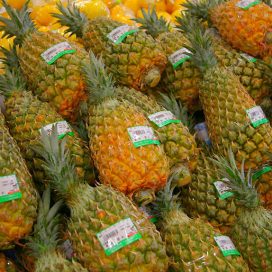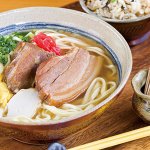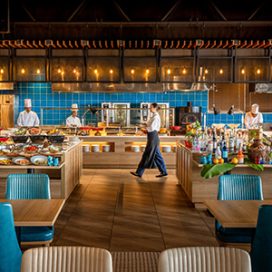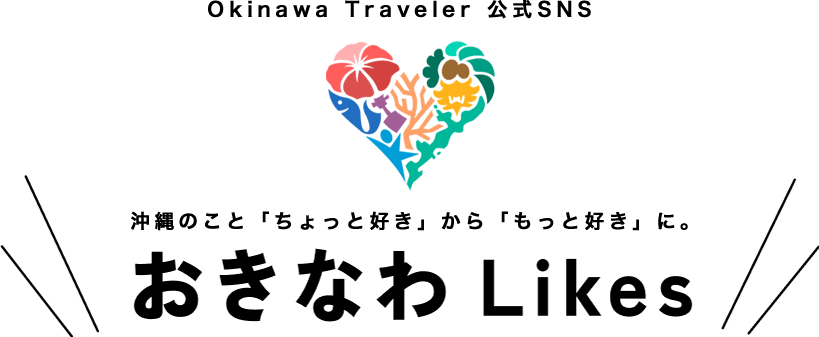- Home
- Eat in Okinawa
- Do you know? Okinawa Tips [Okinawa soba]
Do you know? Okinawa Tips [Okinawa soba]
![Do you know? Okinawa Tips [Okinawa soba]](https://en.okinawatraveler.net/wp-content/uploads/2019/12/0152.jpg)
- date:
- (last update date: )
- author:
- OkinawaTraveler Editorial Department
Suddenly, do you know that October 17 was enacted as "Okinawa soba Day"?
Let me tell you about the origin of Okinawa soba and why it is "Okinawa soba Day" on October 17!
We will also introduce the recommended shops in Okinawa soba that were taught by locals!
Contents
Soba because you don't use buckwheat flour?
In 1975, after the return of Okinawa to Japan, the Fair Trade Commission said that "Okinawa soba is not a mixture of more than 30% buckwheat flour, so it cannot be labeled as soba." As a result of the surprising Okinawan Noodles Cooperative, the trademark registration was allowed as "Home Okinawa soba" on October 17, 1978, and the name was revived. To commemorate that, this day was designated as Okinawa soba's Day.
Then, what is the main ingredient of Okinawa soba noodles that do not use buckwheat flour is flour. In that sense, it can be said that it is close to udon, ramen, or pasta.
And now it is entertaining fans with more variations that are as good as Japanese soba.
Spread of Okinawa soba
In the middle of the Meiji era, the first Chinese soba shop in Okinawa Prefecture, Kan Cairo, will open. Higa, who was serving at this shop, later became independent and opened a "Beer" soba shop. Both parties had been competing for the entry of customers for a couple of years, but the soba topped with Higa's Hirayachi (thin-yaki egg) became popular and won the fierce battle with `` Kan Cairo '' .
Later, in the Taisho era, the number of soba shops increased rapidly, making it a more casual food for the common people. At this time, the original Chinese soba changed the distribution of soy sauce and salt from the dark soup using soy sauce, and formed the style of salty transparent soup, which is the current prototype.
Due to the effects of the war, all soba shops will disappear, but as flour distributed by the U.S. military after the war comes out, long-established and famous shops will be revived one after another, and more people will open soba shops for daily life, and Okinawa soba will become more popular even before the war.
Until before the war, Okinawa soba was called "China soba" or "Tangjin soba", but it was only after the war that the name of Okinawa soba became common.
What is the definition of authentic Okinawa soba?
Okinawa soba has overcome the crisis that the name "Okinawa soba" is not recognized, but there is a definition that "if any one is missing, it cannot be called Okinawa soba."
1.Manufactured in Okinawa Prefecture
2.Hand-drawn type (wind)
3.Raw material flour protein 11% or more ash content 0.42% or less
4.Or more than 34% to 36% of the weight of wheat flour
5.Kansui Bome 2 to 4 degrees
6.Salt Bome 5 to 10 degrees
7.Aging period of 30 minutes or less
8.Nomen Line noodle thickness 1.5 ~ 1.7 millimeter-cut leaf guard thinly 10 ~ 12
9.Hand fir-cut noodle lines must be hand fir (process) before boiling.
10. PH 8~9 of boiled water
11. Be fully edible within 2 minutes of boiled time.
12. Finished oil treatment
The basic forms are Okinawa, Miyako, and Yaeyama.
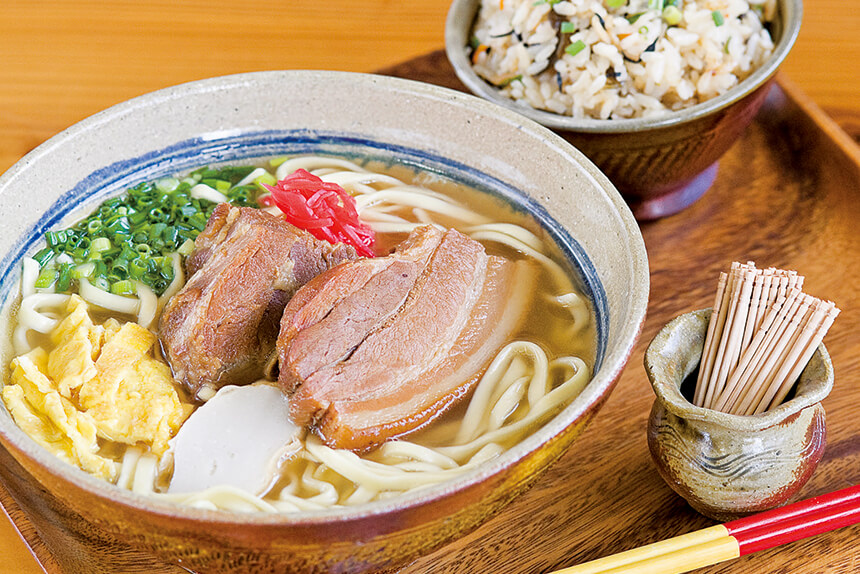
Okinawa soba has various types depending on the thickness and texture of noodles, soup stock, toppings, etc., but following Omoto, it seems to be classified into Okinawa Island, Miyako, and Yaeyama.
First of all, Okinawa soba in Motojima is a standard type that you often find, such as Chire noodles from Yonabaru, flat noodles around Nago, or straight noodles with light waves. The soup stock is usually pork bone and bonito. The taste changes depending on which one you choose. By the way, in Motobu-cho, where there are many shops in Okinawa soba, bonito stock is the main product because bonito is also a specialty.
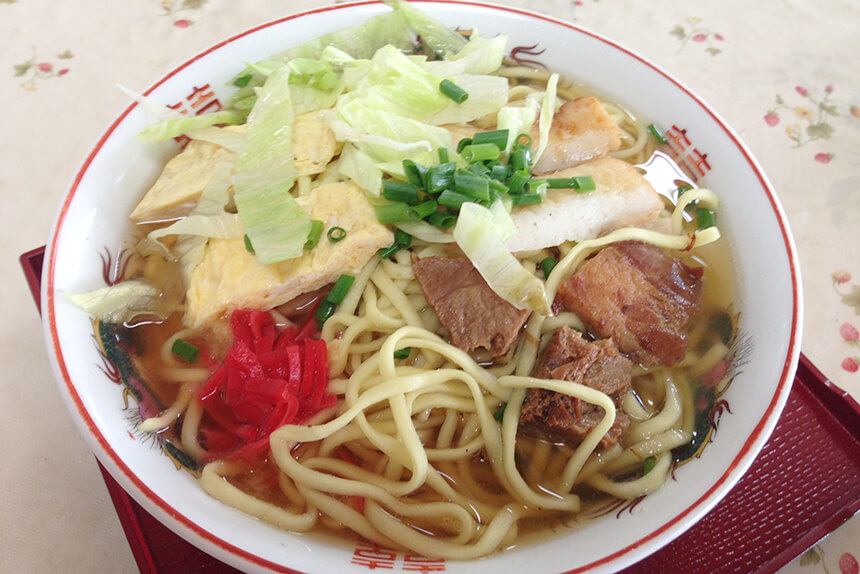
Miyako soba is generally a slightly thin straight noodles. The biggest feature is that there is no topping other than green onions, so it looks like a whole soba. Even so, ingredients such as meat and kamaboko are hidden under the noodles. There are various theories, such as not drying the ingredients or increasing the amount of noodles. In addition, there is a rare theory that in the past, he tried to encourage him to take care of his tribute by appealing that he was so poor that he could only eat without ingredients.

Yaeyama soba is characterized by ultrafine noodles. If you look only at the noodles, it looks like ramen. And three slices of pork or lean meat, and Yaeyama Kamaboko are engraved on a width of about 1 cm and topped.
In addition, it is a common way to eat Yaeyama soba with a seasoning called Piparts (Hihatsumodoki). This is also called island pepper and is used instead of Shichimi pepper. Unique fragrance similar to cinnamon and crisp flavor further enhances the taste of soba.
If you compare and eat based on the fact that there are three basic forms in this way, you will also understand the difference in taste.
Everyone, how was it?
Okinawa soba, which continues to be loved by the people of Okinawa Prefecture, began in a different form than it is now, and has been handed down to the present form and name by various people.
From this link, the recommended Okinawa soba has been introduced in the past, so why not come and visit Okinawa to eat?
Related tag
![Full of valuable latest information useful for sightseeing in Okinawa [Okinawa Traveler]](https://en.okinawatraveler.net/wp-content/themes/okinawatraveler/_assets/img/common/logo.png)

